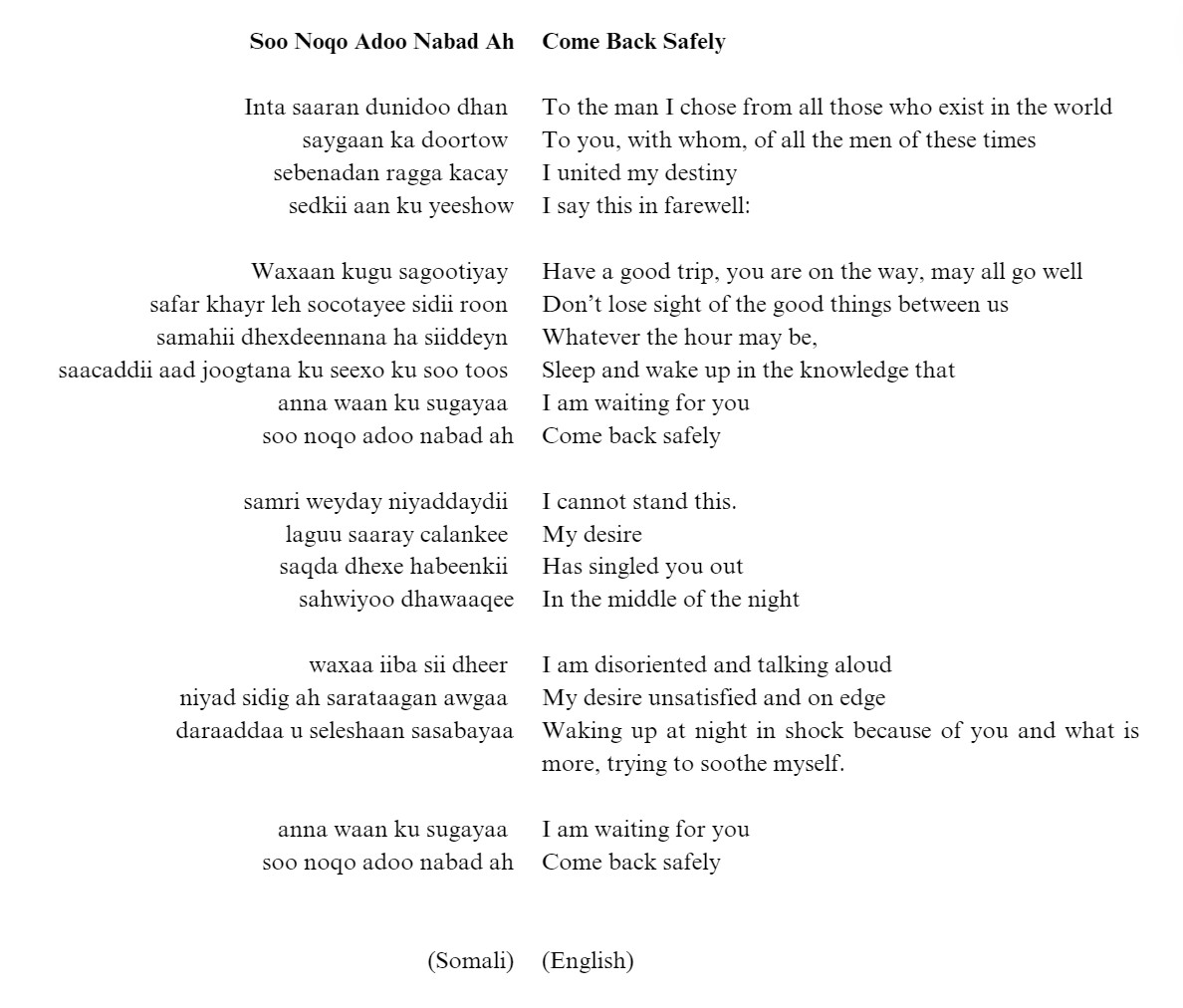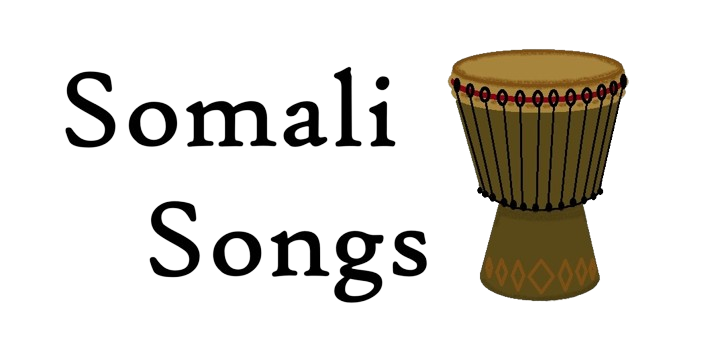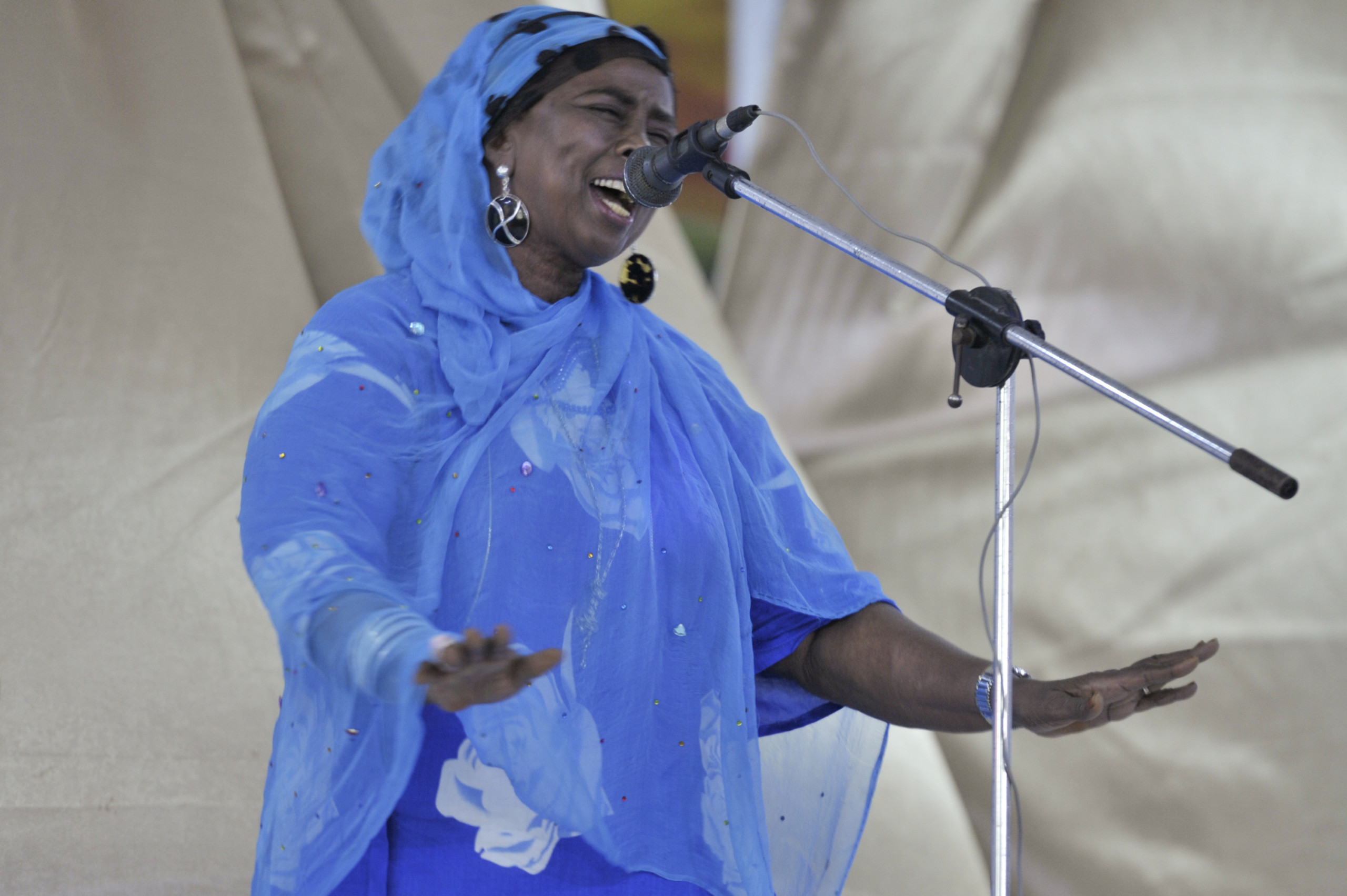Soo Noqo Adoo Nabad Ah
“Come Home Safely”
Hibo Nura performs during the 54th Anniversary of the Somali National Army held at the Army Headquarters (April 12, 2014 – Wikipedia)
Soo Noqo Adoo Nabad Ah
Poet: Yuusuf Maxamuud Tukaale
Singer: Hibo Nuura
Recorded: 1975
Hibo Nuura’s live performance as part of the theater play for which the song was originally created, called Hablayohoow, Hadmaad Guursan Doontaan? (Girls, When Will You Get Married?)
“Soo noqo ado nabad ah” is one of the most famous Somali popular love songs of the “Golden Era,” expressing the universal themes of joy and pain connected to the experience of being in a romantic relationship. This song emerges amidst the specific circumstances of Somali couples separated by long distances due to earlier colonial era separation of soldiers and sailors serving in imperial armies and navies, or 1970s labor migration to Arab countries to work in the oil industry, or to study abroad. But rather than commenting directly on economic and political hardships, the love song focused on the intimate feelings of the separated lovers.
“Soo noqo ado nabad ah” was part of the Somali play, Hablayaohoow, Hadmaad Guursan Doontaan? (Girls, When Will You Get Married?) authored by Yuusuf Maxamuud Tukaale in March 1975. In the play, a newly wed woman (played by Hibo Nuura) whose husband is leaving for the countryside sings this song. Although the song expresses the longing and desire fo a wife whose husband is abroad, the general public received the song as relevant to labor migration, some mockingly changing the words to “soo noqo adoo lacagleh” (“come back with money”). The protagonist assures her husband that she is waiting for him and hopes that he will not forget her.
Music video (1970s-80s)
Live televised performance with band (1988)
Hibo Nuura performs at Somali Week Festival in London (October 2013)

More Information:
“‘Come Back Safely’: Laments about Labor Migration in Somali Love Songs” by Lidwien Kapteijns and Maryan Omar Ali. Northeast African Studies Journal, 2001.

